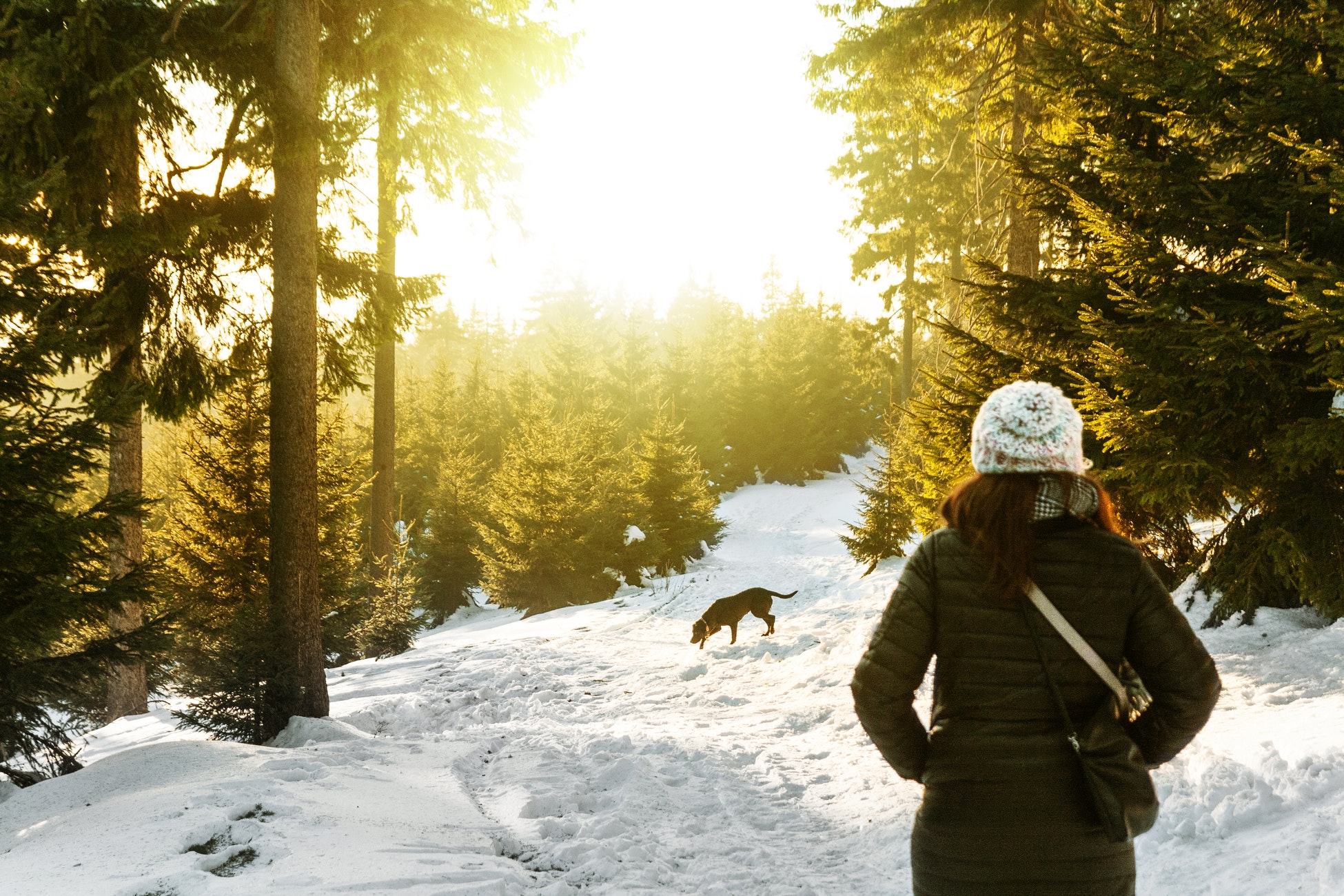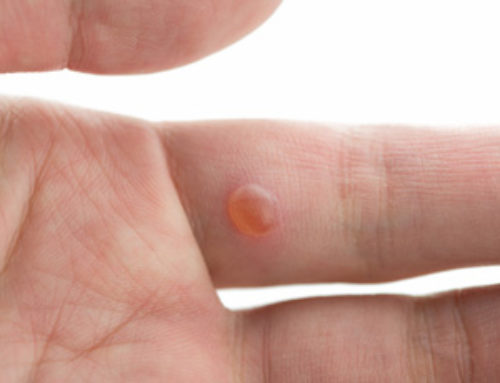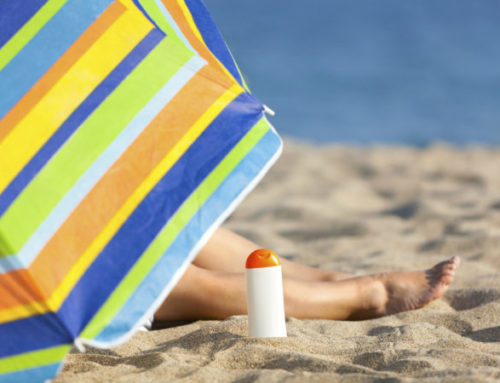Protecting Your Skin from the Winter Sun
It is important to protect your skin year-round to lower your risk of getting skin cancer.
It’s easy to think that Winter is a time to lower your guard when it comes to sunscreen. The temperature plummets and as you bundle up you most likely aren’t thinking about the possibility of too much sun exposure. Although it’s cold outside and even though it may be cloudy, it’s important to protect your skin from sun damage and aging.
Why? There are harmful UV (ultraviolet) rays that are present year-round. These UV rays can filter through thick, dark cloud coverage to reach your skin. The primary cause of skin cancer is increased sun exposure.
More than two million Americans are diagnosed each year with skin cancer, according to the American Cancer Society. This makes it the most common type of cancer in the United States.
The good news is it’s one of the easiest forms of cancer to prevent, including the most serious form, malignant melanoma.
Learn why it’s still important to protect your skin from the winter sun and on cloudy days.
Rays don’t retreat in winter
During winter, the Earth’s Northern Hemisphere points away from the sun, and the atmosphere blocks some of the sun’s harmful UV rays. Temperatures drop as the sun’s rays are further away. The sun feels weaker and you feel as if you are less likely to burn.
But don’t let these seasonal effects trick you. If you’re outside, you’re still at risk for sun damage. There are two types of UV rays; UVA and UVB.
Ultraviolet A rays, “long wave” rays, make up to 95% of the rays that reach the surface of the earth. They can penetrate the skin much deeper than UVB rays. These UVA rays can initiate skin cancers and are responsible for signs of aging. UVA rays are also the rays that make your skin tan.
Ultraviolet B rays, also known as “short wave” rays, do not penetrate the skin as deeply. These are the rays that cause redness and sunburns. Although these rays are most intense from early spring to early fall and the amount of UVB that reaches the Earth’s surface dwindles in the winter, many still reach the the surface of the Earth and can reflect off of snow and ice.
Keep up good sunscreen habits
- Wear sunscreen that’s at least SPF 30, broad spectrum to block both UVA and UVB rays, and water resistant.
- Apply sunscreen liberally to dry skin 30 minutes before going outdoors.
- Pay extra attention to face, ears, hands and arms.
- For sensitive areas, use sunscreen with zinc oxide.
- Reapply sunscreen every two hours or immediately after swimming or sweating.
Enjoy the sun safely
To completely protect your skin in the winter, it is important to take some additional steps.
- Use SPF 30 lip balm.
- Cover up with a long-sleeved jacket, hat and gloves.
- Wear wraparound sunglasses or goggles with 100% UV protection.
- Seek shade between 10 a.m. and 4 p.m. when the sun’s UV rays are strongest.
It is important that you get to know your skin and check it monthly using the ABCDEs of melanoma guide. Visit your dermatologist yearly if you are at risk of skin cancer.









